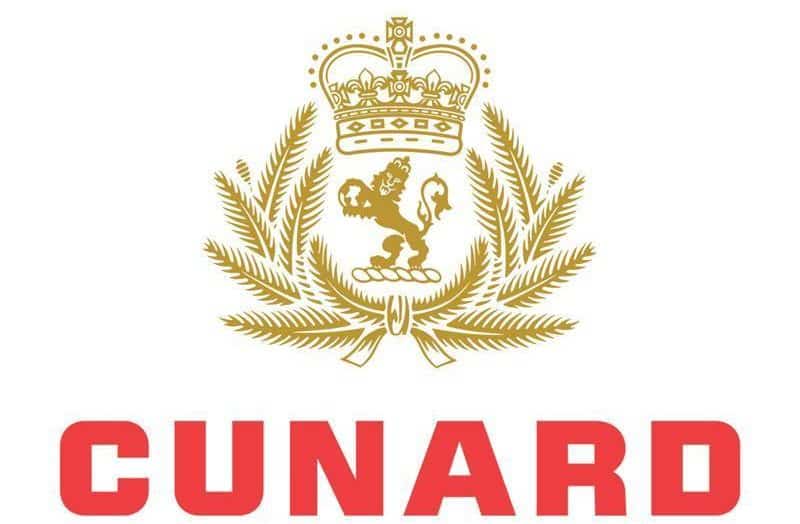Five Challenges for China’s Aviation Sector
BEIJING: The International Air Transport Association (IATA) has identified five challenges China will face in building a cost-efficient, safe and competitive industry.
These are: efficient air traffic management, environmental sustainability, cost-efficient airport infrastructure, internal cost control, and commercial freedoms.
Speaking at the China Civil Aviation Development Forum in Beijing this week, Giovanni Bisignani, IATA’s director general and CEO said China was a future global leader for air transport.
“By 2010, the largest single market for aviation will be intra-Asia accounting for nearly a third of all air travel with China at the centre. China is at a critical moment that is also a great opportunity.
“And to build a more successful future, China has to avoid the mistakes made in other parts of the world,” said Bisignani.
The five challenges for China are:
Efficient air traffic management
“The goal is to use global standards to make Chinese airspace among the most effective in the world to meet demand safely and efficiently,” said Bisignani.
“While there have been impressive accomplishments in China, congestion delays in the Golden Triangle can be measured in hours, while the inefficient airspace design in the Pearl River Delta is costing HK$1 million a day with Chinese carriers being the most affected. We need a solution quickly,” said Bisignani.
Environmental sustainability
“China needs to ensure that aviation is treated fairly when incorporating environmental targets in development plans,” said Bisignani.
He also urged China to join the IATA environment agenda to use technology to further improve the fuel efficiency of aircraft, make air traffic management as efficient as possible, avoid taxes and charges, and adopt global solutions for emissions trading.
Cost-efficient airport infrastructure:
“China has some of the highest charges in Asia outside of Japan. With uniform charges for all Chinese airports, they are definitely not cost-related. IATA is working with the government to develop a charges regime that challenges airports on efficiency, provides a reasonable return to investors, and supports a competitive industry,” said Bisignani.
Internal cost control:
“Chinese carriers should focus on productivity now and not wait for a crisis to do so, as shown in the experience of the US and European carriers. Effective cost allocation is the only way to understand where the gaps are, and identify areas for improvement,” said Bisignani.
Commercial freedoms:
“The recent US-EU open-skies agreement moves the industry in the right direction, but falls short of the fundamental change we need. With the aviation industry’s centre of gravity moving East, China has an enormous leadership opportunity to shape policy where the US and EU have failed to do so,” said Bisignani.
“With consolidation, effective cost allocation, and access to best practice in global financial and management tools, the Chinese carriers are even better prepared to face strong global competition.
“A market that can achieve a perfect safety record, implement electronic ticketing in a year and a half and grow business by 14% certainly has the ability to lead and manage change in Asia and globally,” said Bisignani
FOOTNOTE: In 2005, electronic ticketing in China was among the lowest in the world. Today it is at 95%, ahead of the 79% global figure.
 United Kingdom
United Kingdom United States
United States Asia Pacific
Asia Pacific












































Dozens fall ill in P&O Cruises ship outbreak
Turkish Airlines flight in emergency landing after pilot dies
Boy falls to death on cruise ship
Unexpected wave rocks cruise ship
Storm Lilian travel chaos as bank holiday flights cancelled